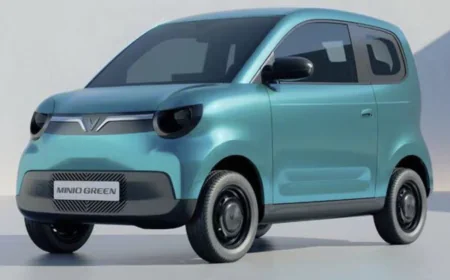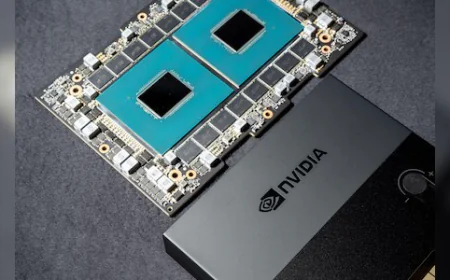Google’s Space-Based AI Data Center Aims to Cut Carbon Footprint, Powered by Endless Solar Energy
Suncatcher: The race among tech companies to improve AI has now reached space. Google has announced plans to build a solar-powered AI data center in space. This project, called 'Suncatcher,' will launch two prototype satellites in 2027.

Tech giant Google is going beyond Earth to build a data center in space. The company has announced to construct its first AI data center in space. The mission is referred to as 'Project Suncatcher,' which the CEO, Sundar Pichai, shared on social media himself.
Under this research project, several small satellites will be sent into LEO or SSO, where there is constant sunlight. Each satellite will be equipped with solar panels and Google's Trillium TPUs chips, designed for training AI.
Want to get your story featured as above? click here!
Want to get your story featured as above? click here!
All these satellites will be interconnected by a technology called free-space optical links, which enable wireless data transmission at high speed with laser light. In initial tests, Google achieved 1.6 Tbps bidirectional speed. The company says that the cluster of 81 satellites will fly within a radius of just 1 kilometer, ensuring fast and stable data transfer.
Training AI models requires massive amounts of power and cooling. Limitations on power, water, and land on Earth make this difficult. According to Google Senior Director Travis Bills, "The sun is our solar system's ultimate energy source. It provides 100 trillion times more energy than the Earth's total electricity generation."
Solar panels in space will be 8 times more efficient and provide continuous, uninterrupted power. This will reduce carbon footprint and reduce environmental pressure. Google estimates that by 2030, satellite launch costs will drop to $200 per kilogram (approximately ₹17,700), making building space data centers as affordable as those on Earth.
The biggest challenge in space is radiation, which can damage chips. Keeping this in mind, Google subjected its Trillium TPUs to a 67MeV proton beam test, where they were found to withstand radiation up to 15 krad(Si). However, the High Bandwidth Memory (HBM) remains sensitive. The satellites must fly very close together for the optical link to function properly. To achieve this, the company will use the Hill-Clohessy-Wiltshire equations and JAX models.
Google stated that in early 2027, in partnership with Planet Labs, it will launch two prototype satellites. These will test the performance of the Trillium TPU, optical link, and model. If this testing is successful, gigawatt-scale satellite constellations may be developed in the future. This means AI will be trained directly from space, saving Earth's resources and making AI processing superfast and sustainable.
Google's "Suncatcher" project is blazing a new trail in the world of technology. Experts believe that if successful, space data centers could become a reality by 2035, which will not only improve AI but also help protect the environment.

















































































